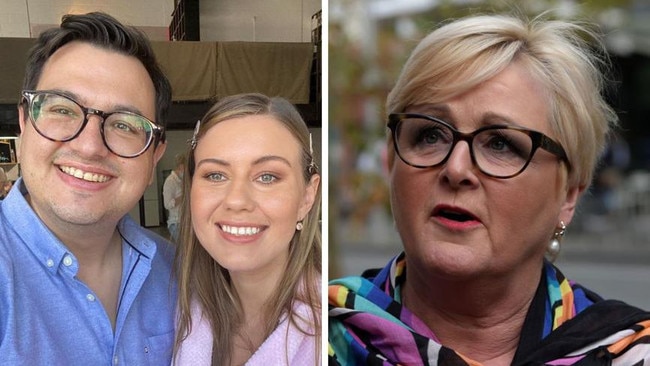
Higgins wasn’t there for Reynolds’ first day in the witness box but that didn’t stop her posting on Instagram the title of a new book, subtitled: “How the law silences women”, under the heading “Pertinent reading”.
For someone being sued over a series of allegedly defamatory social media posts, it was audacious, to say the least.
Higgins’ barrister, Rachael Young SC, said it had nothing to do with the case at hand.
If judge Paul Tottle, presiding over the trial, had a view on how the law silences women, he didn’t immediately express it. In court, Young was pushing a less provocative, but nevertheless intrepid response to Reynolds’ central claim that Higgins and her partner David Sharaz plotted with senior Labour figures to destroy her reputation and bring down the Morrison government.
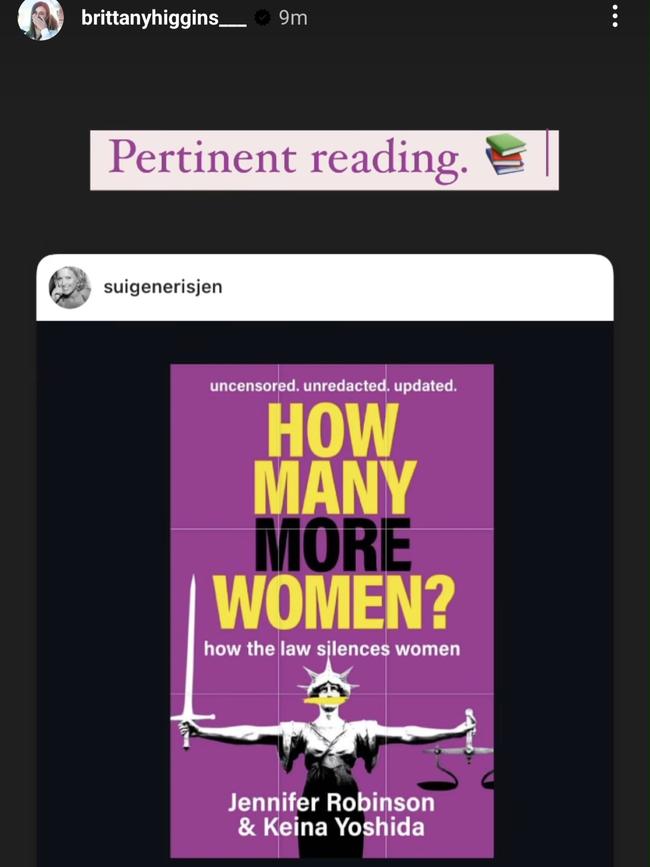
In defence documents previously filed with the court, Higgins’ lawyers had simply issued a blanket denial of Reynolds’ highly detailed claims that the pair drip-fed false information to some of Anthony Albanese’s closest confidantes, including Katy Gallagher and Penny Wong.
But in her opening submissions on Monday, Young argued that what looked to others like a carefully orchestrated political hit job was simply Higgins exercising her right to provide information to MPs – just like any other constituent.
“What the events of 2021 demonstrate is members of parliament doing their jobs to ask questions of each other … on a most important issue of workplace safety in parliament. So there are questions … asked of the senator, but in ways that are entirely consistent with keeping members opposite accountable,” Young said.
“There’s not collusion here. There’s not a suggestion of secret or illegal cover-up to deceive.”
Any reading of Reynolds’ case would indicate a secret cover-up to deceive was exactly what was being suggested.
Details of “The Plan” are set out in over 20 pages in the senator’s statement of claim, starting shortly after Higgins met Sharaz in May 2020 – 14 months after the alleged rape – when Higgins wrote a note about an “anatomy of a political sex scandal”.
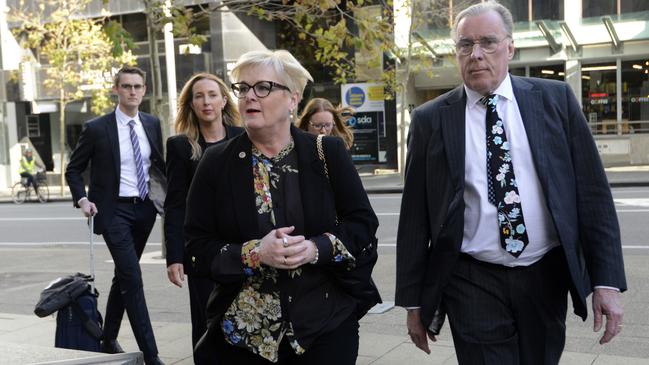
Sadly, the official witness list released on Monday confirmed what most observers had predicted: Sharaz – who is also being sued by Reynolds, but says he can’t afford to defend himself – will not be taking the stand. During Bruce Lehrmann’s defamation trial against Network 10, Federal Court judge Michael Lee queried why Sharaz was not giving evidence in the case.
He remarked that Sharaz was “like the prophet Elijah … there’s a place for him at the table but he never turns up”.
Lawyers point out it would have been unwise for Reynolds to put an unco-operative witness like Sharaz on the stand and, as her witness, would not have been allowed to cross-examine him. And if Higgins called him as a witness, that would expose him to a long and aggressive cross-examination from Reynolds’ side.
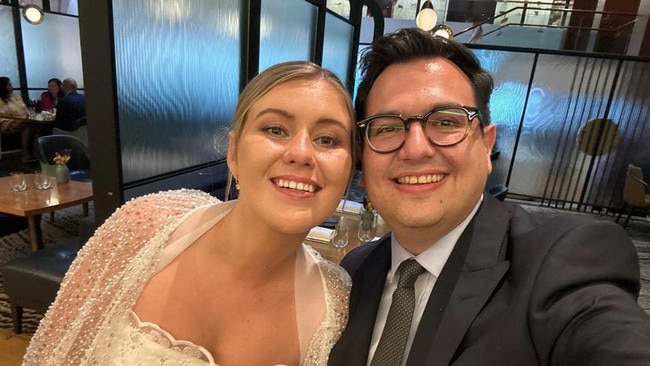
On Monday the court heard another key witness is unlikely to appear. Any testimony by Reynolds’ former chief of staff, Fiona Brown, is expected to be delayed due to “ongoing medical treatment”.
Brown has suffered trauma in the aftermath of Higgins’ allegations that she too had been uncaring of her young staffer and part of a political cover-up. Her plain-spoken evidence in the Lehrmann defamation case was key to Lee’s finding that there was no cover-up by Reynolds – and that Brown had shown great integrity and compassion in the way she dealt with Higgins. Brown may instead give written evidence, but her absence will be a blow to Reynolds’ case.


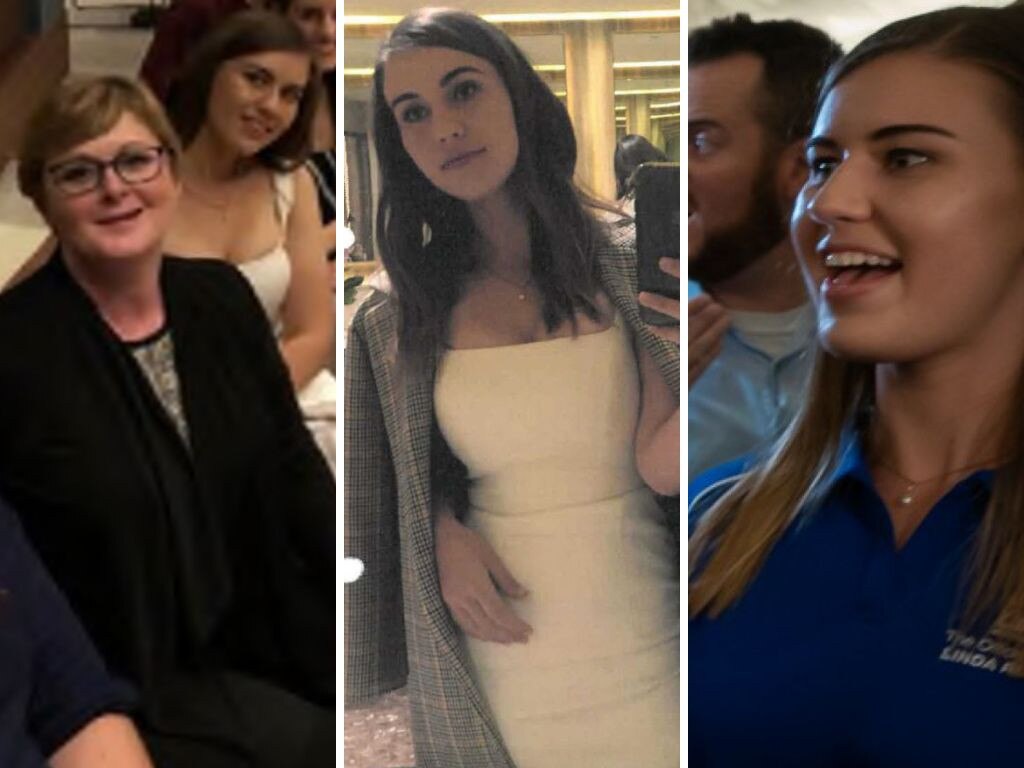





After months of waiting, we got a better glimpse on Monday of how Brittany Higgins plans to fight Linda Reynolds’ defamation action – both inside and outside court.